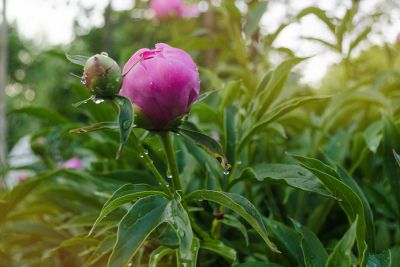Bud Blast of Peonies
Peonies with bud blast start off with normal flower development. However, it doesn’t last very long, and the buds don’t develop into flowers. When the buds are still small, they turn brown or black and wither. Experts used to say that this condition, termed bud blast of peonies, was caused by botrytis blight, a fungal disease. Now it is recognized that these problems with peonies are often caused by improper cultural care.
What Causes Peony Bud Blast?
When peony buds don’t develop, you can still assign the problem the name of bud blast. This term describes the symptoms rather than a disease or pathogen. Any time peonies do not get the growing conditions they require, it can result in bud blast. One factor that causes bud blast of peonies is inadequate irrigation during dry periods. Other primary causes are not enough sunlight or too little nutrition. Peonies with bud blast can also be caused by too little potassium in the soil, sudden drops in temperature while the buds are developing, overcrowding, and overly deep planting. Root nematodes are another potential cause, as is botrytis blight.
How to Prevent Problems with Peonies
Given that these problems are most often the result of environmental stresses, the gardener can take steps to prevent them. The best way to avoid bud blast is to provide your plants with good growing conditions. Take care when you select a site for your peonies, making sure to provide the plants with sufficient sun and organically rich, well-draining soil. Peonies do best with regular irrigation and fertilizer. Mulch well in the winter to protect the plants from sudden freezes. You’ll also do well to keep an eye on the plants, and divide them when they start getting too crowded. Good air circulation as well as sun exposure prevents fungal issues.
